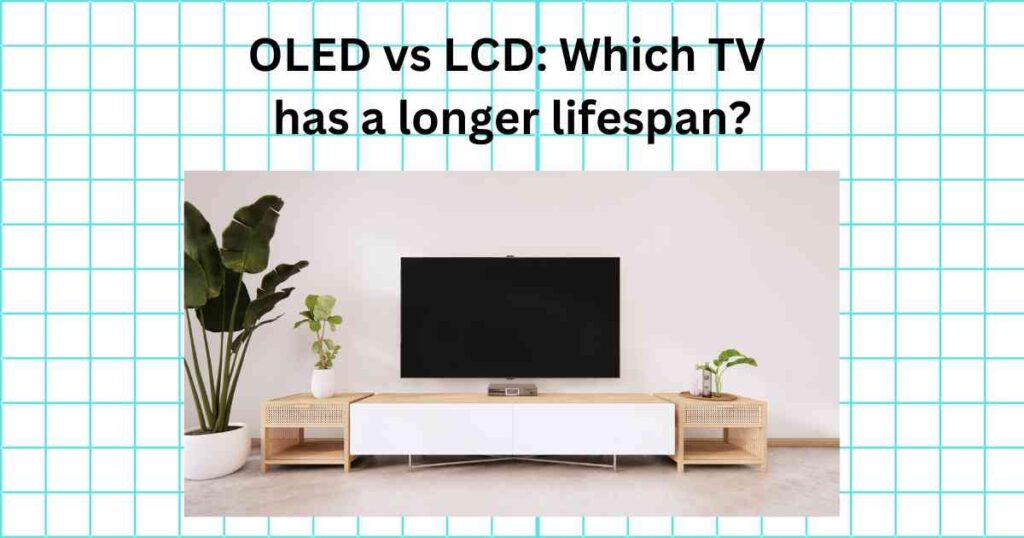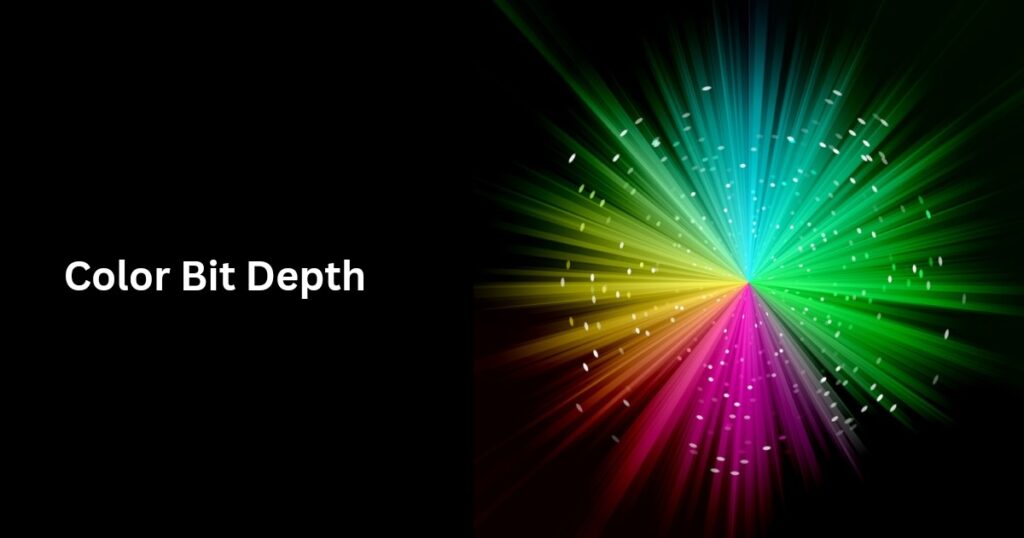OLED vs LCD: Which TV has a longer lifespan?

One of the biggest debates when comparing OLED and LCD TVs centers around their lifespan.
For many buyers, this single factor often becomes the deciding point between the two technologies.
In this article, I’ll break down some of the common myths surrounding the longevity of OLED and LCD TVs and give you a clearer picture to help with your buying decision.
But before we dive into lifespans, let’s start with a quick introduction to how OLED and LCD TVs work.
OLED
OLED stands for Organic Light Emitting Diode.
In an OLED TV, each pixel is self-emissive, meaning it can light up or switch off on its own.
This allows the screen to deliver perfect blacks and an almost infinite contrast ratio.
Because the pixels generate their own light, OLED TVs do not require a backlight.
LCD
LCD stands for Liquid Crystal Display.
Unlike OLED, it is not a self-emissive technology and instead depends on a backlight as its light source.
In an LED LCD TV, the liquid crystal layer regulates the brightness of the light, while color filters shape it into the final colors you see on the screen.
Factors affecting the lifespans of OLED and LCD
The lifespan of a TV refers to the number of years it can be used without experiencing a noticeable drop in brightness or picture quality (such as uniformity issues or color fading).
There are several factors that influence how long an OLED or LCD TV will last.
Let’s go through them one by one.
Viewing environment
In an OLED TV, the pixels are made of organic materials that emit light when an electric current passes through them.
The brighter a scene needs to be, the more current flows through these pixels.
In well-lit rooms or bright viewing environments, the TV has to push the pixels harder to overcome glare.
Over time, this constant demand for high brightness can speed up pixel wear and shorten the panel’s lifespan.
In contrast, an LCD TV uses an LED backlight, which can achieve high brightness levels without the same risk of pixel degradation.
This makes LCDs generally more resilient in very bright environments.
Content and viewing habit
If most of the content you watch on an OLED TV is in HDR with lots of bright, punchy highlights, the pixels undergo more stress compared to when you mostly watch darker or moderately bright content.
Over time, this added strain can contribute to faster wear.Another factor to consider is static elements on screen—like a channel logo that stays in the same spot every day.
On an OLED, the pixels in that area are constantly under pressure, which may eventually lead to burn-in.
In such cases, the logo could appear as a faint, permanent shadow on the screen.
Most of the time, however, what people notice is temporary image retention, which usually fades after some time.
That said, when burn-in occurs on an OLED, it cannot be reversed.
On the other hand, LCD TVs use LED backlights, so they don’t suffer from pixel burn-in.
Still, prolonged use at high brightness can gradually wear down the LEDs, causing them to lose intensity over the years.
The result isn’t localized damage like with OLEDs, but rather a general dimming of the entire screen.
In the long run, this can reduce HDR impact since the TV may no longer reach its original peak brightness.
Component ageing
In an OLED TV, the organic subpixels do not age evenly.
The blue subpixels tend to wear out faster than the red or green ones.
Over time, this uneven aging can lead to color shifts, gradually reducing picture accuracy and making the image look less natural.
In an LCD TV, the LED backlight generally ages more uniformly, so the picture quality stays consistent for a longer period.
However, if there are manufacturing defects in some of the LEDs, those specific lights may degrade differently.
This can create non-uniform brightness or “patches” across the screen, affecting overall picture quality.
OLED vs LCD: Which TV lasts longer?
While we’ve discussed the different factors that can affect the lifespan of OLED and LCD TVs, in reality, most users don’t need to worry too much about them.
Although OLEDs may seem more vulnerable to pixel wear or burn-in, the chances of this happening to the average viewer are extremely low.
Modern TVs come with built-in safeguards like pixel shifting, pixel refreshers, and logo dimming, which, when combined with normal viewing habits, make burn-in almost a non-issue.
On the other hand, both OLED and LCD TVs today are built to last.
With proper use, their typical lifespan is estimated at 50,000 to 100,000 hours.
That means even if you watch TV for 8 hours a day, your set should easily last around 15–20 years.
In practice, though, very few people keep the same TV that long.
With technology evolving so quickly, most users tend to upgrade to a newer model with better features within 5–6 years—long before the panel itself wears out.
Takeaway: Don’t let lifespan be the sole factor in your buying decision. Instead, choose based on picture quality, brightness needs, and your viewing environment.


